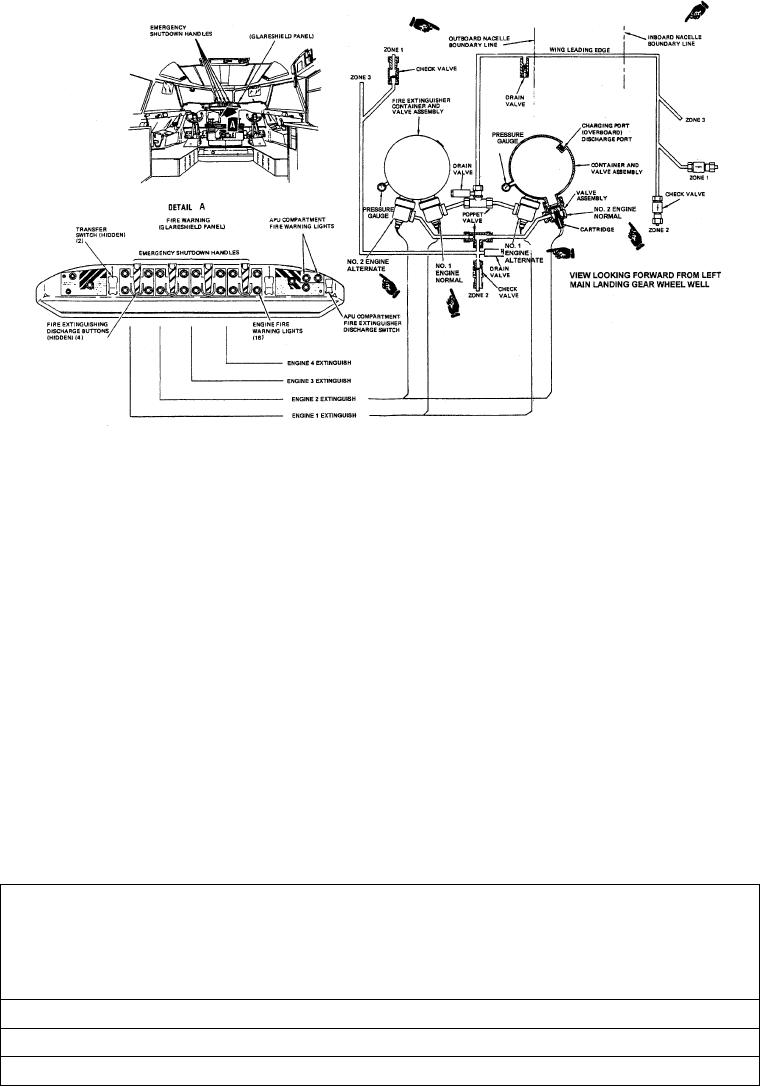
Figure 5-22.--P-3 Engine fire extinguishing system.
CF3BR (the chemical symbol for
equipped with two similar independent electrically
triflourobromomethane) is a fluorinated hydrocarbon.
controlled fire-extinguishing systems, no. 1 and no. 2.
It is the most common extinguishing agent used in
One system is used for fire extinguishing in no. 1 and
aircraft fire-extinguishing systems. It is a more efficient
no. 2 engines and nacelles. The second system is used
extinguishing system than CO2, and under normal atmo-
for no. 3 and no. 4 engines and nacelles. Both systems
are electrically controlled from the flight station.
spheric pressure and temperature, it is an odorless and
Each system utilizes two fire-extinguishing system
tasteless gas. CF3BR exists as a liquid only when contained
container and valve assemblies located in the inboard
under pressure. CF3BR is nontoxic, non-corrosive,
nacelles. The fire-extinguishing system container and
leaves no residue, does not deteriorate with age, is an
valve assemblies are accessible through the main
electrical insulator, and goes farther than CO2.
landing gear wheel wells and an access door on the
NOTE: CF3BR is very volatile. It is nontoxic,
power plant firewall. A pressure gage mounted on each
but a danger of suffocation exists because, like
container is visible under a hinged access door on the
carbon dioxide, CF3BR replaces oxygen when
firewall. Each container is pressurized to 600 (+25, 0)
breathed. Among the many fire-extinguishing
psi and charged with 10.5 (+25, 0) pounds of
agents, only CF3BR will be discussed in this
fire-extinguishing agent. A chart with a minimum
chapter. The P-3 aircraft uses a typical CF3BR
pressure versus container temperature curve is shown
fire-extinguishing system.
in table 5-1.
The P-3 fire-extinguishing system (fig. 5-22)
There are no plumbing interconnections between
controls fires within the engines and nacelles and is
the two fire-extinguishing systems, no. 1 (left wing,
Table 5-1.--Engine and APU Fire Extinguisher Container and Valve Assembly Minimum Pressure Versus Temperature
NOTE
Pressures listed are minimum for known temperature of container to ensure proper operation of the system. Ambient
temperature may be used to determine container temperature, if at least 4 hours have elapsed since last engine
operation. If pressure gauge reads in excess of 100 psig above minimum, container must be removed not later than
next phased inspection. A pressure reading of 50 psig maximum below chart pressure is acceptable for container use.
CONTAINER TEMPERATURE
C
51
40
29
18
7
1
5
10
16
21
27
32
38
43
49
51
60
65
F
60
40
20
0
20
30
40
50
60
70
80
90
100
110
120
130
140
150
5-19

